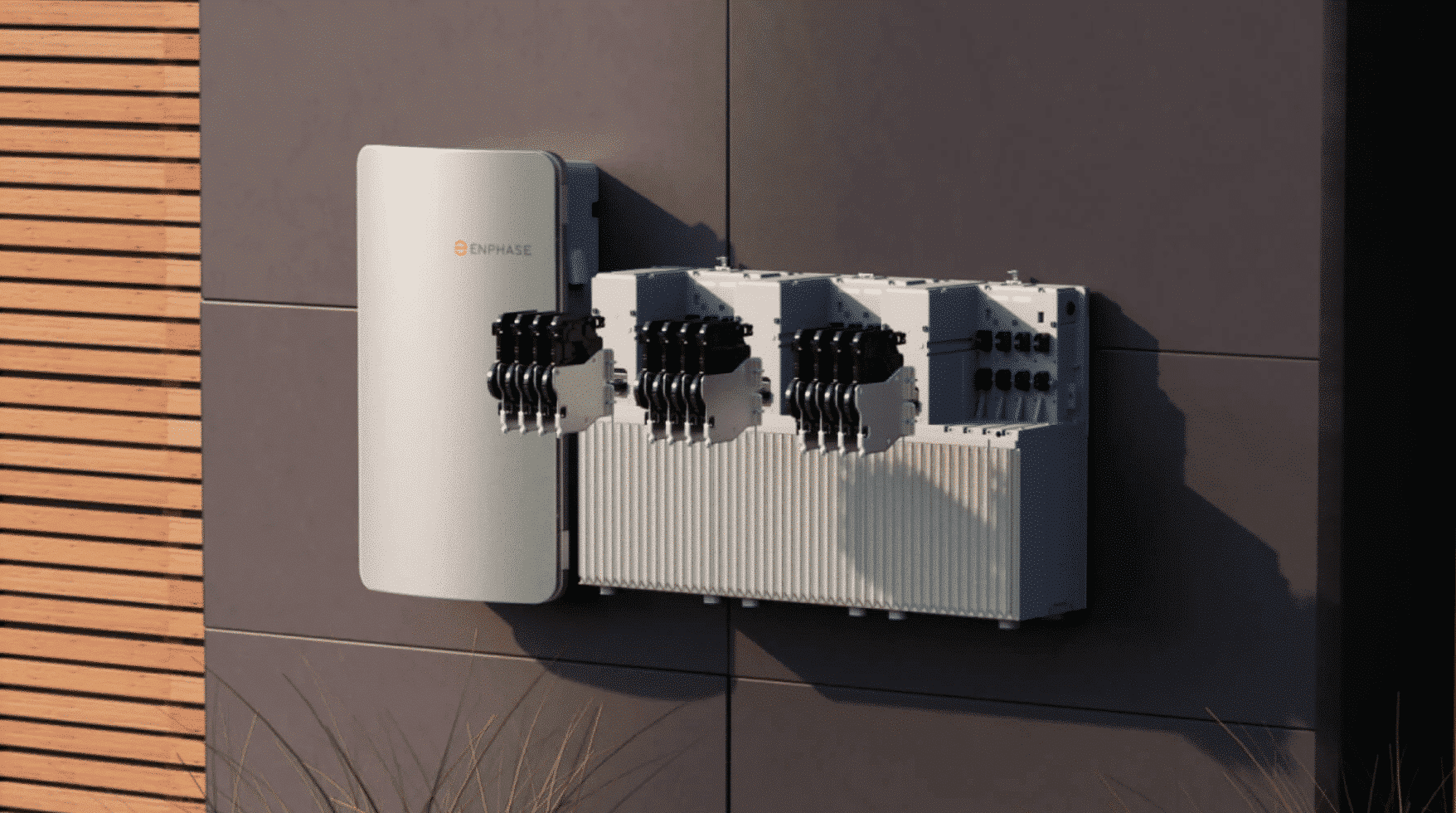
Even though solar panels are rising in popularity as the technology advances, the prices decrease, and the world is beginning to wake up to the real threats of climate change caused largely by burning fossil fuels for energy, many people aren’t really aware of how solar panels work in tandem with their neighborhood’s power supply, or that they can store any excess energy in batteries to use overnight or when the grid fails.
In this article, we’ll be taking a closer look at energy storage technologies, how they work, as well as why everyone should consider adding a battery to their solar systems.
Misconceptions about Solar Power and Battery Storage
While solar professionals are very well-versed in how the systems they install work, as well as their limitations, homeowners often have the wrong idea when it comes to solar panel technology and backup power.
Misconception #1 – Batteries aren’t needed during blackouts
Any solar installer will tell you that one of the biggest misconceptions they hear from their clients is that they believe that installing solar panels protects them from power outages since they will now be generating electricity from the sun, which never turns off. This is unfortunately not true, since, without a home battery system, their solar panels are tied to the grid and will cease to work if the power goes out.
Storing excess solar energy enables homeowners to not only save power for use during blackouts but will also allow them to access this extra power during the evening when they would normally still be supplementing their power using electricity from the grid to keep the lights on.
Misconception #2 – Solar energy storage is too expensive
While it is true that energy storage systems aren’t cheap, it doesn’t mean that they’re completely out of reach for most people. The price of solar systems has been decreasing every year since the technology made its way into the mainstream, and the same goes for solar battery prices.
According to EnergySage, battery prices range from $8,500 to over $10,000, and the total price increases to around $10 000 to $20 000 when you factor in the cost of installation.
This might seem like a lot of money upfront, but when you consider the fact that storage systems can last anywhere from 5 – 15 years, often qualify for incentives, payment plans, and financing options, and provide homeowners with the added benefit of not depending on the grid (energy independence), the value of solar storage increases considerably.
Misconception #3 – Solar storage is dangerous
Any battery, from the AAs in your TV remote to the battery pack powering your laptop, poses a small fire risk if overused, mishandled, aged, or overcharged. Thankfully, the National Fire Prevention Association has been researching and putting together fact sheets and guidelines for energy storage systems, from proper installation tips to listing what to do if your battery becomes damaged or stops working as expected to reduce the risk of explosion and fires.
Using any battery poses a risk, but this shouldn’t be considered a major factor in the decision to purchase a battery system or not.
Types of Solar Energy Storage
There are tons of different types of solar batteries available on the market today, and the one you might choose depends on a number of factors, such as its price, availability, use case, and size. Here are the most common types of home solar storage solutions on the market today.
Lithium-Ion Batteries
The gold standard for solar energy storage, lithium-ion batteries became the most popular choice for your average residential solar plus storage system after their use as electric car batteries took off.
These batteries can hold quite a bit of energy, have a low profile, and often come with 10+ year warranties, making them a great choice for your average home backup.
Lead-Acid Batteries
Prior to lithium-ion, lead-acid batteries were the most commonly used battery type available. Lead-acid batteries are usually a little cheaper than lithium-ion, but they tend to be larger as well. They also work great for both back-ups as well as off-grid use. Unfortunately, these batteries don’t last as long as lithium-ion, however, so they might not be a great option for someone looking for a one-and-done kind of system.
Saltwater Batteries
Since saltwater batteries operate at room temperature and are filled with a sodium solution, these are the safest of all three major storage options currently available on the market. Unfortunately, their chemistry means that they have less energy density than other types of chemical storage, which in turn means that they need to be much larger than other types of batteries to store the same amount of energy.
Pricewise, they also tend to be more expensive upfront than other technologies as well, which is another reason why we don’t see them around as often as we see lithium-ion batteries; however, their price has been decreasing throughout the years as well.
What are the Benefits of Solar Energy Storage?
In a world where our power grids are under extra strain from homeowners heating and cooling their homes at high rates, being shut down entirely by utilities to mitigate excessive consumption, and being taken out when storms break powerlines due to climate change, having a home solar battery storage system is a must for anyone, both for convenience and safety.
When Texas’ power grid failed after three consecutive Winter storms in February 2021, millions of people were left without any power in below-freezing temperatures causing a state-wide crisis that lasted for several days. Not only did this outage bring calls to improve the old and failing grid system, but also created a surge in interest in solar plus storage systems across the state, both in residential and commercial sectors.
The main takeaway here is clear – storing solar energy is how we prepare our homes, cities, and businesses against a forever aging and weak power grid. Batteries are the ultimate safeguard against things that are out of the individual’s control, providing both peace of mind as well as the ability to come home to the porch light on when every other home on the block is shrouded in darkness.
Storing solar energy also allows you to access the cleanest energy available, effectively reducing your home’s carbon footprint to next to nothing. Renewable energy is the future, and anyone interested in “going green” should be considering adding storage to their home solar system.
Finally, people storing solar energy end up with next to no electric bill since they rarely have to buy power from the grid, if they ever do at all. While solar panels and storage are a huge investment for anyone, the payoff in the long term is unbeatable. Energy independence, clean power, and no electric bills are all incredible benefits for everyone.
Storing Solar Energy – Best Practices
When considering storage options for a home, there are a few best practices homeowners and installers should consider:
System location and safety
Batteries can’t just be installed anywhere in a home for safety and longevity reasons. When choosing a location for your battery, make sure that it’s in an area that’s easy to access, clean, and well-ventilated.
Batteries also perform best in areas with low humidity, although anything below 90% should be fine in most cases. Make sure that the area chosen also doesn’t get too hot in the summer since high temperatures could affect the longevity of the system.
Choose the right size
Make sure to size your batteries properly so that you don’t end up overbuying or not buying enough storage for your needs. Consider what you absolutely need to be backed up in an outage and size your battery accordingly.
Do you really need everything in your home to be backed up, such as your TV or microwave, or do you just need to keep the lights on and the fridge running? Solar installers should be able to calculate how much energy backup you need and quote you accordingly.
Choose the right battery chemistry for your needs
With the amount of different energy storage systems available on the market, it’s a good idea for homeowners and installers to discuss the benefits and drawbacks of the most common types of batteries available for each use case.
For example, some people might need more backup than others and should therefore consider a battery with a high storage capacity in a smaller package, while others might be able to get away with a larger system and lower storage with saltwater technology to benefit from the added security.
In Closing
While solar storage technology is only just beginning to grow in popularity, there is no time like the present to pull the trigger on a system. With falling prices, improving technology, and increased security, battery storage is no longer a luxury addition to a home. Harnessing the infinite power of the sun is great, but holding on to it and saving it for later is even better.
Looking to scope, sell and complete more solar projects than ever? Solargraf is the most user-friendly, robust, and fully integrated solution on the market. Book your free demo today to learn more about growing your business with Solargraf.



 United States
United States Germany/Austria
Germany/Austria Brazil
Brazil Netherlands
Netherlands Japan
Japan